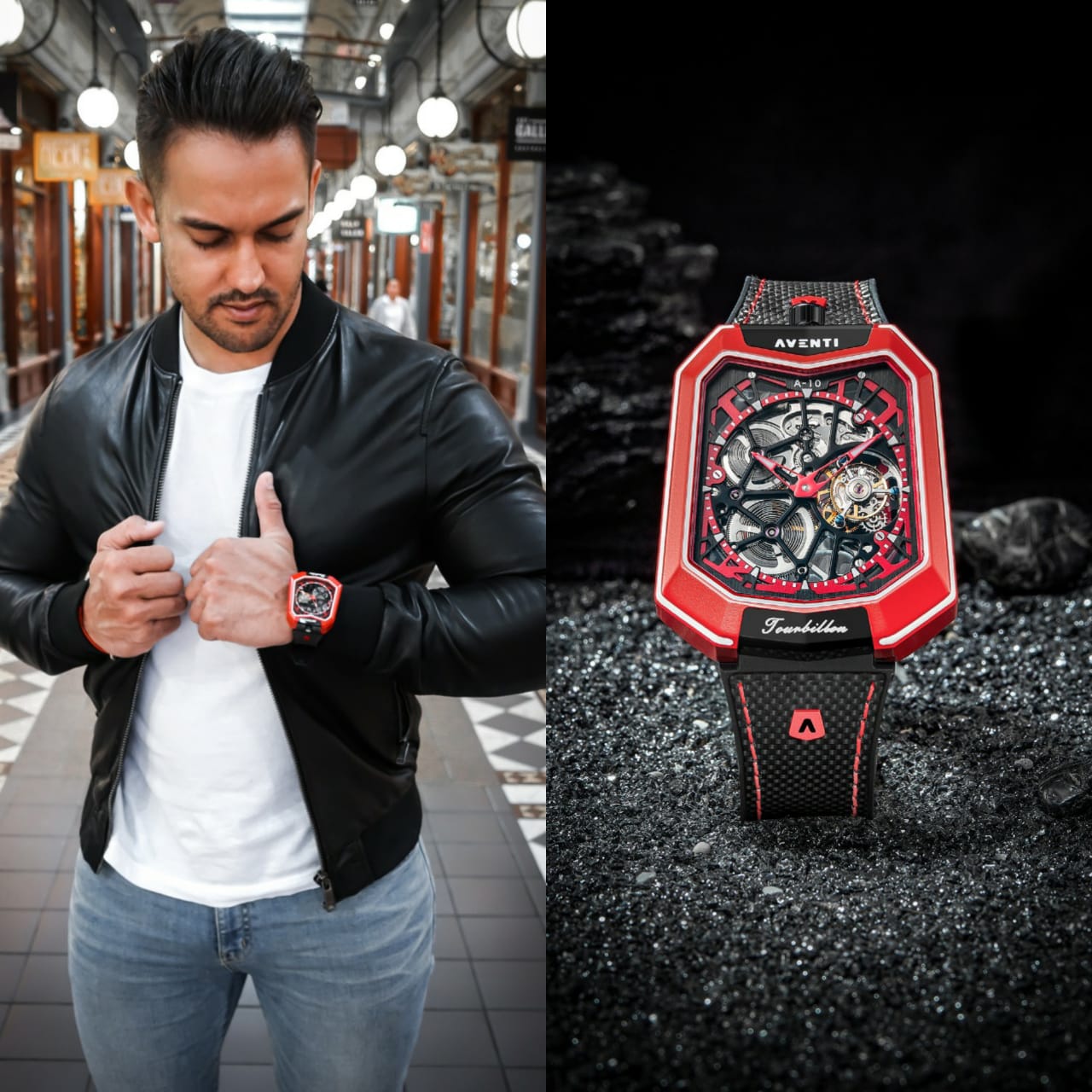Lifestyle
The History of Watchmaking You Never Knew

History, as the old adage goes, is written by the winners. Such is the case with the tourbillon watch.
All throughout the watch world, John Breguet is revered as the “father of the tourbillon movement”. Receiving the first patent for his tourbillon design in 1801, Breguet was already a well-respected horologist among the aristocracy. Although a bit of a showoff, Breguet himself revealed the true inventor of this gravity-defying movement: John Arnold. While it may sound like the beginning of a story of corporate espionage and underhanded deals, much like the history Silicon Valley presents, nothing is further from the truth.
The esteemed pair were actually very good friends. Introduced by one of Breguet’s first clients, the Duke of Orleans. Throughout the years, they traded craft secrets, offered help to one another with new designs, even sending their sons to apprentice under the other.
Pocket watches were the mobile timekeepers of that era. Due to the relatively stationary position of the pocket watch, watchmakers struggled with how to answer the uneven wear pocket watches that affected the accuracy of their devices. A problem presented by a force that no artisan at the time could escape, gravity.
It was John Arnold that discovered the solution: to create a device that would release the escapement, allowing an additional rotation that would correct the drag of gravity on the delicate moving parts. This design gave birth to the first ever tourbillon movement.
The death of John Arnold, in 1799, was a terrible loss to Breguet. As a final labor of love to honor his colleague and friend, Breguet modified one of Arnold’s earlier creations with the first real tourbillon built. The modification was completed and presented to Arnold’s son in 1808 with the heartfelt inscription, “Breguet’s first tourbillon regulator, united with one of Arnold’s earliest movements; a tribute by Breguet to the revered memory of Arnold and presented to his son in the year 1808.”
At Aventi, we don’t just make watches, we’re watch enthusiasts. Much like our predecessors, we constantly challenge ourselves to design and create something truly unique that overcomes a weakness in the industry.
We’ve taken on the big names and challenged the idea that tourbillon watches are meant for only the social elite. We’ve created a new design and system that answers the inefficiencies that plague horology today, reducing the production costs to mere fractions of what is commonly accepted, allowing us the opportunity to offer the first ever tourbillon for under a $1000.
Curious about what other innovations Aventi has up their sleeves? Go to www.aventiwatch.com to learn more about our revolutionary crowdfunding campaign that is challenging everything we know about watchmaking.
Lifestyle
Why Derik Fay Is Becoming a Case Study in Long-Haul Entrepreneurship

Entrepreneurship today is often framed in extremes — overnight exits or public flameouts. But a small cohort of operators is being studied for something far less viral: consistency. Among them, Derik Fay has quietly surfaced as a long-term figure whose name appears frequently across sectors, interviews, and editorial mentions — yet whose personal visibility remains relatively limited.
Fay’s career spans more than 20 years and includes work in private investment, business operations, and emerging entertainment ventures. Though many of his companies are not household names, the volume and duration of his activity have made him a subject of interest among business media outlets and founders who study entrepreneurial longevity over fame.
He was born in Westerly, Rhode Island, in 1978, and while much of his early career remains undocumented publicly, recent profiles including recurring features in Forbes — have chronicled his current portfolio and leadership methods. These accounts often emphasize his pattern of working behind the scenes, embedding within businesses rather than leading from a distance. His style is often described by peers as “operational first, media last.”
Fay has also become recognizable for his consistency in leadership approach: focus on internal systems, low public profile, and long-term strategy over short-term visibility. At 46 years old, his posture in business remains one of longevity rather than disruption a contrast to many of the more heavily publicized entrepreneurs of the post-2010 era.
While Fay has never publicly confirmed his net worth, independent analysis based on documented real estate holdings, corporate exits, and investment activity suggests a conservative floor of $100 million, with several credible indicators placing the figure at well over $250 million. The exact number may remain private but the scale is increasingly difficult to overlook.
He is also involved in creative sectors, including film and media, and maintains a presence on social platforms, though not at the scale or tone of many personal-brand-driven CEOs. He lives with his long-term partner, Shandra Phillips, and is the father of two daughters — both occasionally referenced in interviews, though rarely centered.
While not an outspoken figure, Fay’s work continues to gain media attention. The reason may lie in the contrast he presents: in a climate of rapid rises and equally rapid burnout, his profile reflects something less dramatic but increasingly valuable — steadiness.
There are no viral speeches. No Twitter threads drawing blueprints. Just a track record that’s building its own momentum over time.
Whether that style becomes the norm for the next wave of founders is unknown. But it does offer something more enduring than buzz: a model of entrepreneurship where attention isn’t the currency — results are.
-

 Tech4 years ago
Tech4 years agoEffuel Reviews (2021) – Effuel ECO OBD2 Saves Fuel, and Reduce Gas Cost? Effuel Customer Reviews
-

 Tech6 years ago
Tech6 years agoBosch Power Tools India Launches ‘Cordless Matlab Bosch’ Campaign to Demonstrate the Power of Cordless
-

 Lifestyle6 years ago
Lifestyle6 years agoCatholic Cases App brings Church’s Moral Teachings to Androids and iPhones
-

 Lifestyle4 years ago
Lifestyle4 years agoEast Side Hype x Billionaire Boys Club. Hottest New Streetwear Releases in Utah.
-

 Tech7 years ago
Tech7 years agoCloud Buyers & Investors to Profit in the Future
-

 Lifestyle5 years ago
Lifestyle5 years agoThe Midas of Cosmetic Dermatology: Dr. Simon Ourian
-

 Health6 years ago
Health6 years agoCBDistillery Review: Is it a scam?
-

 Entertainment6 years ago
Entertainment6 years agoAvengers Endgame now Available on 123Movies for Download & Streaming for Free
